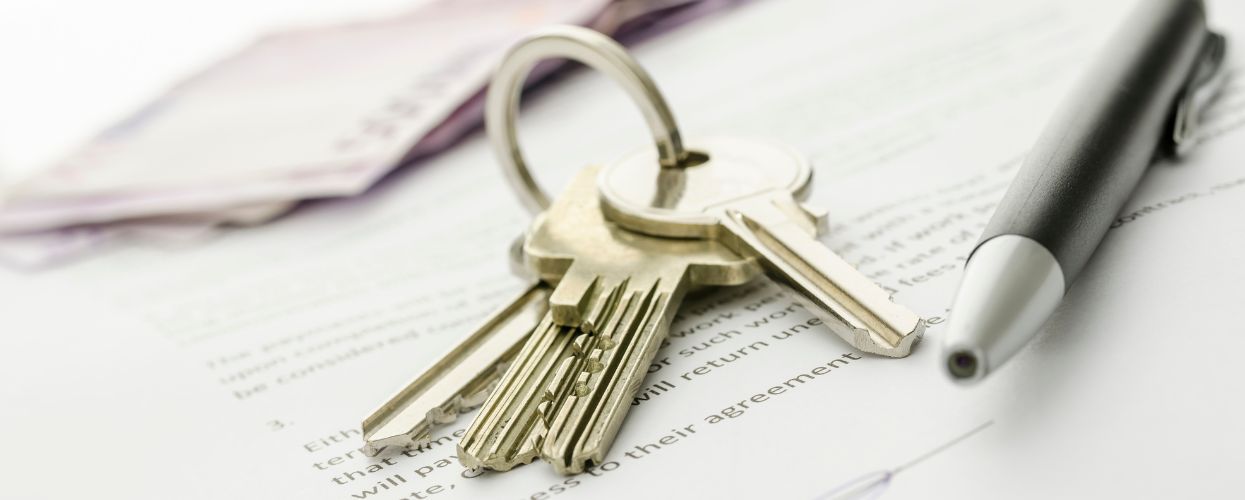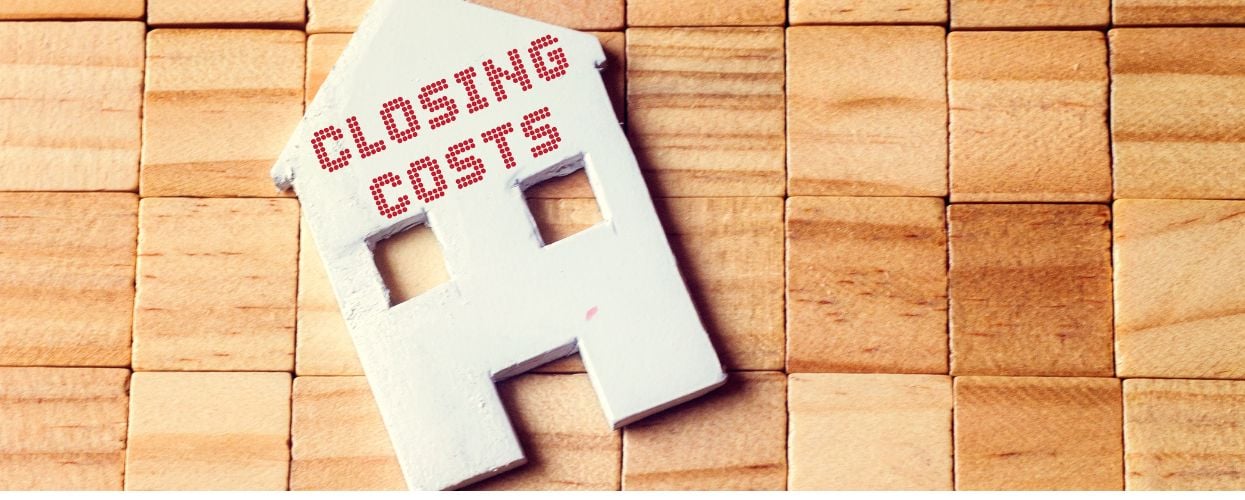Selling your home can be an exciting yet challenging process. From staging your home to negotiating with potential buyers, there’s a lot to consider. One of the most critical stages is the closing process, which finalizes the sale and legally transfers ownership to the buyer. This blog post provides information to help navigate the process. when selling your home and guide you on how to prepare for a closing. Be sure to rely on your real estate professional during the transaction. Experienced agents will provide timelines, offer advice and keep you on target.
Understanding the Closing Process
Before we delve into the checklist, it’s essential to understand what the closing process entails. The final step of the process is the closing or settlement. This is when all parties involved finalize the transaction. This meeting includes you (the seller), the buyer, real estate agents, and sometimes attorneys.
All parties sign necessary documents during this meeting. In addition, funds are transferred from the buyer to the seller. Once all these steps are completed, ownership of your property is officially transferred to the buyer. But, sellers must take steps and tackle tasks before closing day. Below are some of the steps. Be sure to complete what is necessary to achieve a smooth closing day.

Pre-Closing Preparation: Essential Steps
1. Complete All Necessary Repairs
Before you even list your house on the market, ensure that all necessary repairs are done. This includes fixing any structural issues, plumbing problems or cosmetic damages that could potentially decrease your home’s value or deter potential buyers.
2. The Home Inspection
Although it’s typically the buyer who orders a home inspection before closing, as a seller, it can be beneficial for you to have one done beforehand as well. This allows you to identify any potential issues that could derail the sale at closing and address them proactively.
3. Clear Property Liens
Resolve any liens or claims against your property (such as unpaid taxes or contractor disputes), before closing. If this is not handled properly, these liens can delay or even cancel your sale.
The Closing Day: What to Expect
On the day of closing, you’ll need to bring all necessary documents, including the deed to your home, proof of satisfying any liens or mortgages, and any other paperwork your real estate agent or attorney has requested. You’ll also need to bring identification and be prepared to hand over the keys to your home.
During the closing meeting, you’ll sign a lot of paperwork. This includes the settlement statement that outlines all financial transactions involved in the sale, including your payoff amounts, buyer’s costs, and transfer taxes. Once everything is signed and funds are transferred, you’ll hand over the keys – marking the end of your role as a homeowner.

Closing Responsibilities
The seller is responsible for tasks before closing. These can include the following.
1. Moving Out
Remove all personal belongings before handing over possession to the buyer. Clean up the property and leave it in a condition agreed upon in your contract.
2. Canceling Utilities and Insurance
Cancel or transfer utilities such as electricity, gas, water supply etc.. Also remember to cancel any homeowner’s insurance policies on that property.
3. Keeping Records
Keep copies of all documents related to the sale for tax purposes. Depending on where you live and how long you’ve lived in your home, you may have to pay capital gains tax on any profit made from selling your home.
In conclusion, preparing for a closing when selling your home involves numerous steps from pre-closing preparations like completing repairs and clearing liens on your property; understanding what happens on closing day; and fulfilling post-closing responsibilities like moving out and canceling utilities. By following this comprehensive checklist when selling your home, you can ensure a smooth transition from being a homeowner to successfully closing a sale.

